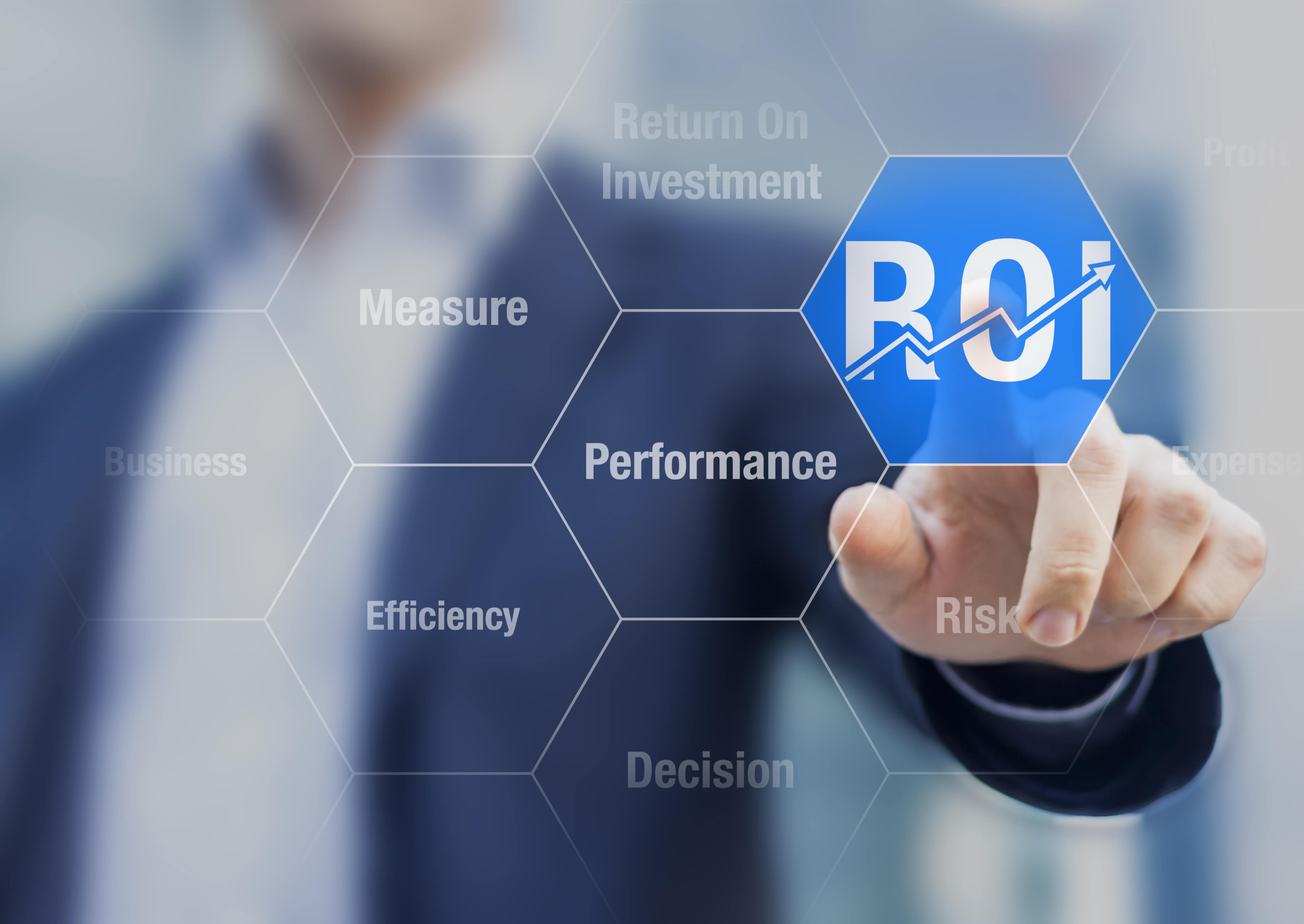More and more marketers are making potentially ill-judged, all-too-swift investments in new platforms in an effort to reverse declining response rates, caused for a raft of reasons: increased marketing channels, customers having more choice and savvy consumers zoning out prolific advertising, to name just a few.
So, what can marketers do to improve returns from their once profitable digital marketing channels, in the face of these challenges?
Creative
Marketers need to consider a move to a larger, more immersive and / or useful advertising creative solution that provides tailored offers to specific customers. Pioneers are now, for example, co-developing creative with media owners and designing native units that offer genuine benefits to consumers.
Ensuring there are several different versions of ad copy to suit each size of creative maximises the potential to make learnings and optimise. Also, ensure appropriate frequency caps are in place to increase reach and protect against consumers being bombarded with irrelevant messaging that they have no intention of responding to.
Response rates can be upped through rigorous, regular testing and optimising. To achieve this, you need to follow a clear testing plan, but not be afraid to change tack based on ongoing campaign insights. Wherever possible, look to implement DCO as standard for greater message variation and relevance. In paid search, ensure copy and extensions best reflect the search term and consumer context in which the search was made; taking into account, for instance, platform, location and time of day.
Data & Technology
Personalising your message to your customer can quickly improve response rates, and in turn ROI, as long as any data costs are properly evaluated.
There’s a wealth of 1st and 3rd party data now available to better target and engage with multiple target audiences across display, search and on-site. But using data to target customers and prospects is only half the battle: it’s absolutely vital that clients use insight gleaned from this data to actually provide consumers a relevant tailored message or offer.
Where possible and cost effective, bring in technology such as bid management platforms, bespoke scripts, SEO marketing and analytics tools, to streamline repetitive processes, gain deeper performance insight and focus more time on optimisation, as opposed to implementation.
Improved Reporting
When headline direct response rates fall, there’s often a knee jerk reaction to make rash changes to a company’s messaging and approach. Instead of doing this, take time to make sure you are getting a full picture first of what is happening by reviewing channel performance on an attributed basis, in real time. To make this easier, there are a number of ‘off the shelf’ and bespoke attribution models available. Experiment with them until you find the one that works best for your business.
“A picture paints a thousand words”, which is why you need to ensure that your reporting dashboard is as visual and tailored to your specific KPIs as possible, so any trends are quickly identified, analysed and acted upon. Wherever possible run all digital activity through a single reporting platform to fully dedupe actions and ensure channels are not evaluated in isolation.

